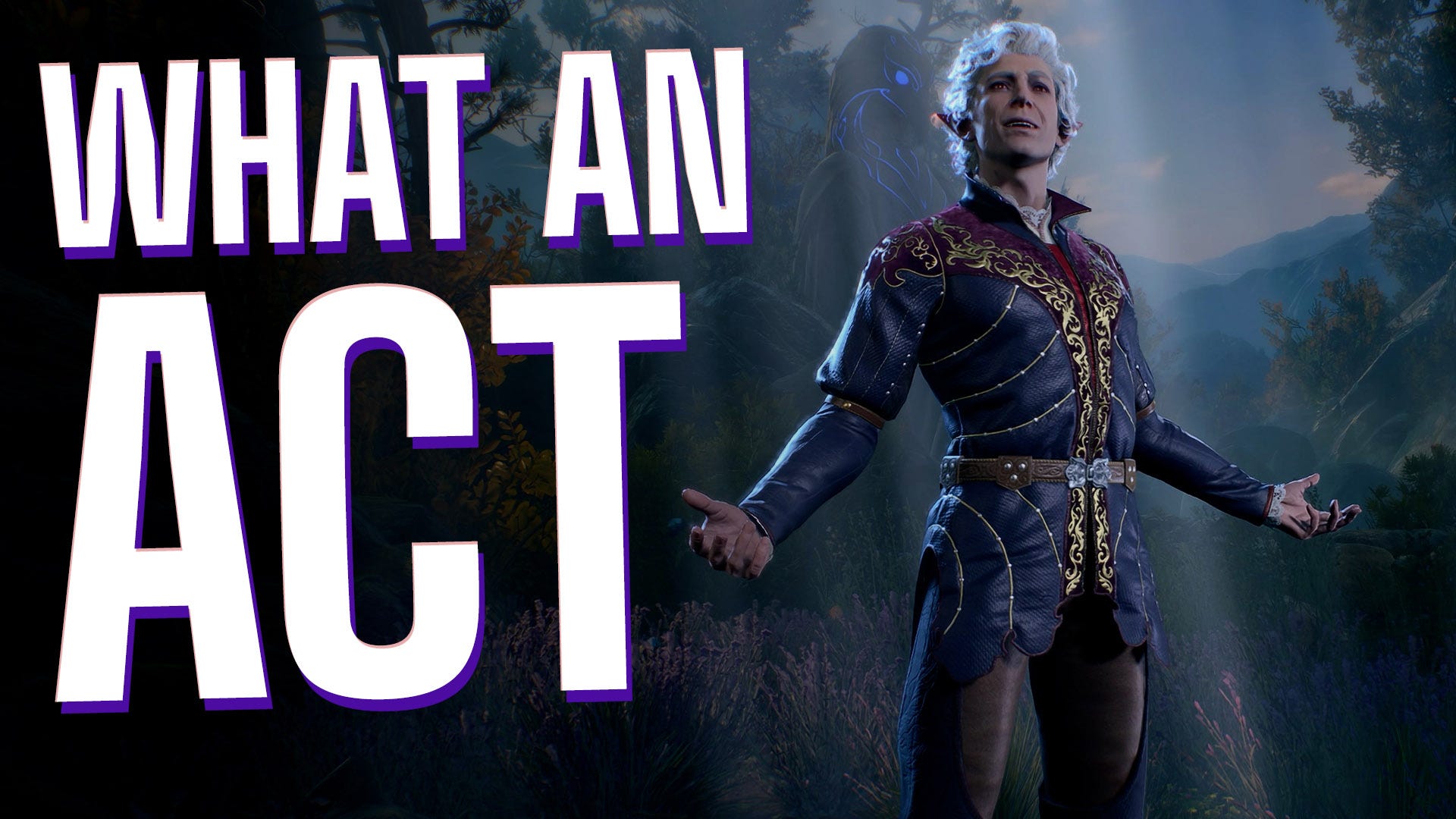
The quality of Baldur's Gate 3 performances, and the technology and expertees used to render them so beautifully on screen, is one of the best things about it. And that’s high praise considering that there’s one hell of a lot to love about the best RPG of the decade so far. We make the case for this extraordinary work, and why it’s so crucial to recreating the D&D experience, in the video below.
It’s particularly impressive because of the game’s sheer size. You could argue that there is better performance capture work elsewhere, for example in The Last of Us Part II, where millions of dollars per pixel is spent on producing photorealism in very controlled environments, most successfully in cutscenes. And it’s incredible work, no doubt. But Baldur’s Gate 3 is much wider in scope, and leaves much more up to the player in terms of where and when dialogues can be triggered, even taking into account permutations like the height of the player character (which, in a game with loads of different races, can vary wildly). So, while it isn’t as photorealistic or quite as granular as TLOU’s motion captured performances, it has a lot less control over where the player looks and a lot fewer places to hide.
So, for my money it’s an incredible achievement, and a real step forward in what games of this size and scope can achieve. But a lot of that is down to the fact that BG3 is not a game that has come from the AAA studio system, as Sherif points out in his latest op-ed. The game’s development was funded partly via a long stint in early access, on the back of Larian Studios having built up enormous trust and goodwill amongst CRPG fans by simply making a lot of very good games over the years.
from VG247 Latest Articles Feed https://ift.tt/zgNcIdi
via IFTTT
